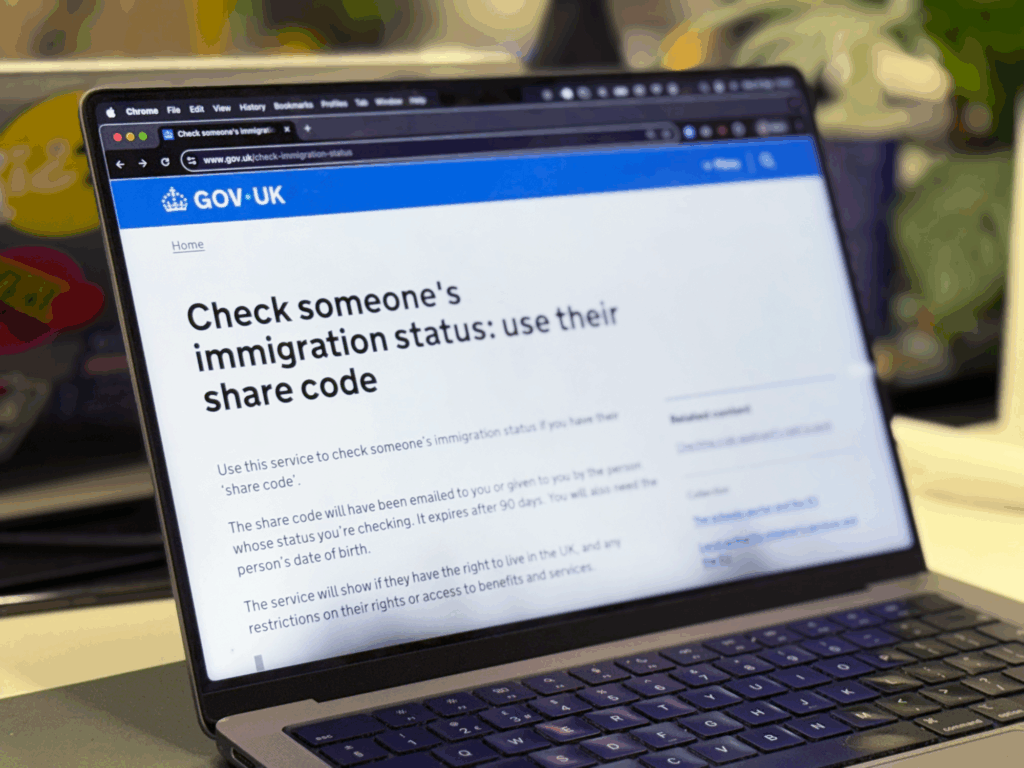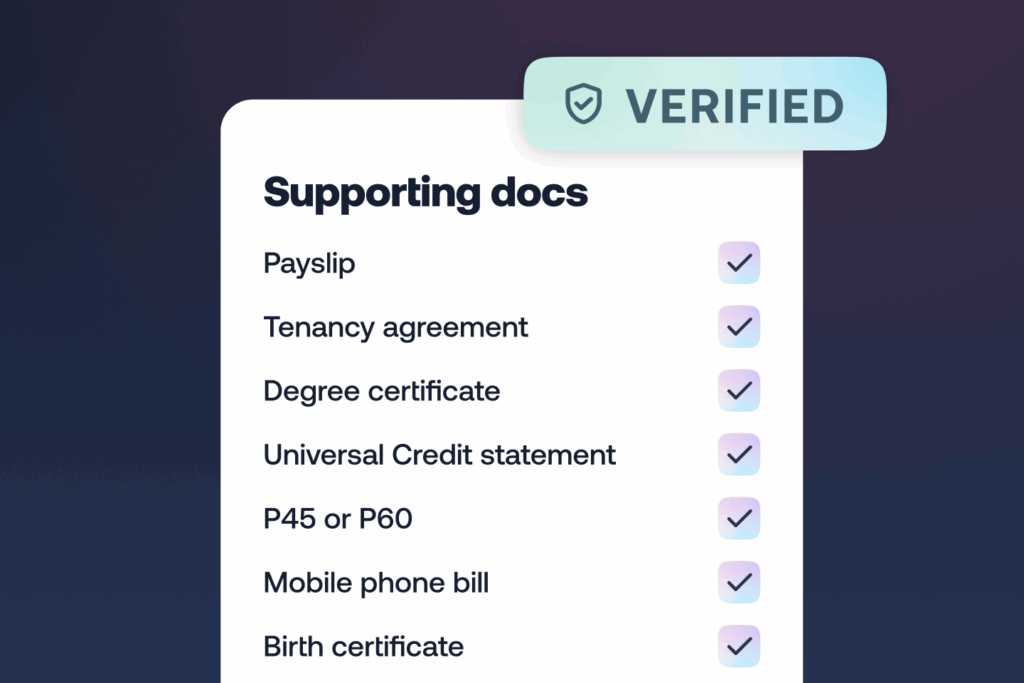What recruiters and staffing agencies need to know about digital ID

The short version: right to work checks are about to change completely. Digital ID will remove the need to collect paper documents, scan photo IDs or check eVisas, and will give recruiters a much faster, more secure way to onboard candidates at scale.
The UK government has announced that digital ID will soon be mandatory for all adults. That means every worker will eventually have a single, official way to prove who they are and that they can work. For recruiters and staffing agencies handling large volumes of right to work checks, this is a major shift.
From manual checks to digital flows
Today, right to work verification is a fragmented process. Recruiters juggle passports, driving licences, and share codes for eVisas, often collecting PDFs and handling expiry dates manually. Each extra step adds friction for candidates and slows down placements.
Digital ID can change that. Instead of scanning or copying documents, candidates will be able to share verified details directly through the GOV.UK Wallet app, which is currently in development. Other European countries already use similar schemes, and the UK rollout is expected before the next general election.
The opportunity is clear: one simple process, fewer errors, and a much lower drop-off rate.
A better experience for candidates
Anyone who has applied for work knows that uploading or scanning identity documents is a pain point. Candidates remember the hassle, and it costs agencies time when they have to chase missing documents.
Digital ID removes that. With a single, government-issued credential, candidates can prove their right to work quickly and securely. Combined with online background checks and referencing, this make fully automatic onboarding possible for the first time.
For agencies, that means faster placements, fewer delays, and better conversion from applicant to employee.
What about eVisas?
Recruiters already face challenges with eVisas, which are now the standard replacement for biometric residence permits. Until recently, verifying them meant manually entering share codes into GOV.UK and cross-checking PDFs.
That’s now improving, with services like Vouchsafe automating eVisa checks in real time. Candidates enter their share code and date of birth, and the platform verifies the information directly with GOV.UK. Results are stored securely and presented in a consistent format.
Digital ID will build on this progress, moving towards one integrated flow for all types of right to work evidence.

The bigger picture
Digital ID won’t replace every KYC or right to work check overnight. Millions of people in the UK still lack passports or driving licences, and it will take years for a universal scheme to cover everyone. Agencies will need to keep sensible fallback options in place.
But the trend is undeniable. As AI-driven fraud makes fake documents harder to spot, digital ID offers both better security and a smoother candidate experience.
What recruiters should do now
- Review your right to work process. Identify where drop-offs and delays occur.
- Plan for digital ID integration. Be ready to accept it as soon as it launches.
- Keep fallbacks in place. Not every candidate will have digital ID right away.
- Automate where you can. Tools that handle eVisas and other checks automatically will make the transition smoother.
Digital ID is where right to work checks are heading. Agencies that prepare now will save time, reduce risk, and gain a real advantage in candidate experience.
If you’d like to see how automated checks and digital ID support can fit into your process, get in touch at chloe@vouchsafe.id or book a call.



